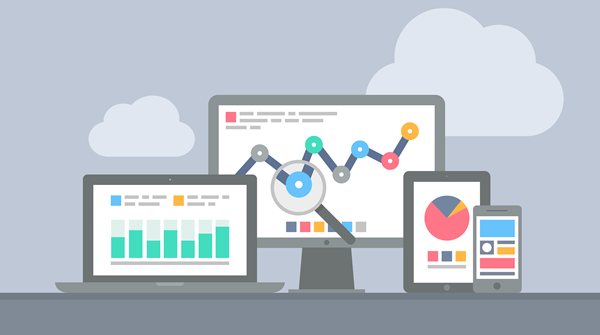ATD Blog
Owning Analytics
Fri Oct 10 2014

A recent HBR Blog Network post poses the question: Do You Know Who Owns Analytics at Your Company? Unfortunately, according to author Bill Franks, most people don’t have an answer.
Franks is the chief analytics officer at Teradata and a faculty member at the International Institute for Analytics, as well as author of Taming the Big Data Tidal Wave and The Analytics Revolution, so he has plenty of insight on the topic. The problem, he explains, is that analytics cannot become a “strategic, core component of an organization if there is no clear owner and leader for analytics at the corporate level.”
It seems that as big data and predictive analytics become more commonplace, companies are struggling more than ever with how to organize and understand the information. “Most companies have multiple pockets of analytics professionals spread throughout the organization,” writes Franks. As such, analytics requirements can span business units, database and analysis systems, and reporting hierarchies.
Sound familiar?
Indeed, it’s likely that in your role as a senior leader dealing with learning and talent development an array of data crosses your desk—as well as a multitude of requirements and demands to unearth actionable meaning from that data. In fact, Big Data, Better Learning? How Big Data Is Affecting Organizational Learning, a 2014 research report from ATD and the Institute for Corporate Productivity (i4cp), finds that learning professionals have plenty of data to work with. Fifty-eight (58) percent of survey respondents said their learning functions had significantly more data available now versus five years ago, and 31 percent said there are more data than just one year ago.
But what capabilities are needed for learning functions to manage big data effectively on their own? Are those competencies already in place, or is a lack of know-how hampering early efforts to capitalize on this wave of analytics.
Big Data, Better Learning? looks at those challenges and other considerations that learning leaders must address if they are to knowledgeably and capably manage big learning data analytics and apply the insights it has to offer today’s organizational learning functions. At the outset, the news is good.
Learning professionals are stepping up when it comes to big data management. Survey findings confirmed that the learning function assumes primary responsibility for collecting, storing, and analyzing learning-related analytics. And more than half of respondents using big learning data have a position within the function to oversee that work.
But the learning function’s ability to effectively leverage and derive value from that data still depends on multiple factors. In addition to proper funding and technology support, learning professionals need “analytical skills at their disposal to make sense of the information, as well as strategic-level acumen to determine which data are likely to yield the greatest value for the learning function’s investment of resources.”
According to Big Data, Better Learning? this is an area that still needs some work. While survey respondents perceived technology requirements to be a significant obstacle, analytical skills proved to be the greater challenge. This is a concerning assessment because “as the broader organization seeks to gain value from big data, learning professionals will be called upon to provide appropriate training to colleagues in other functional areas.”
The solution, according to Franks, will come in the form a C-level analytics leader and team. Whether called a chief analytics officer (CAO) or VP of analytics, Franks contends that someone in the organization needs to have “corporate-level ownership of analytics and access to the C-suite to drive analytics initiatives and tie them to the right corporate priorities.”
The learning function’s toil with big data analytics may be just the sort of area ripe for Franks’s proposed CAO. As Franks explains, “a CAO and corporate-level analytics team could begin to provide extra support for the distributed teams, to ensure efficiency of spend and effort across the teams, to ensure the impact of analytics is being measured consistently, and to champion the cause for new, innovative analytics possibilities that are identified.”
Until that happens, Big Data, Better Learning? describes three options for the learning function: hire the talent they need to ramp up the learning function’s analytical and technological capabilities, provide training to learning staff members, or do neither and risk forfeiting the array of potential benefits big learning data might offer.
What will you do?
You've Reached ATD Member-only Content
Become an ATD member to continue
Already a member?Sign In
